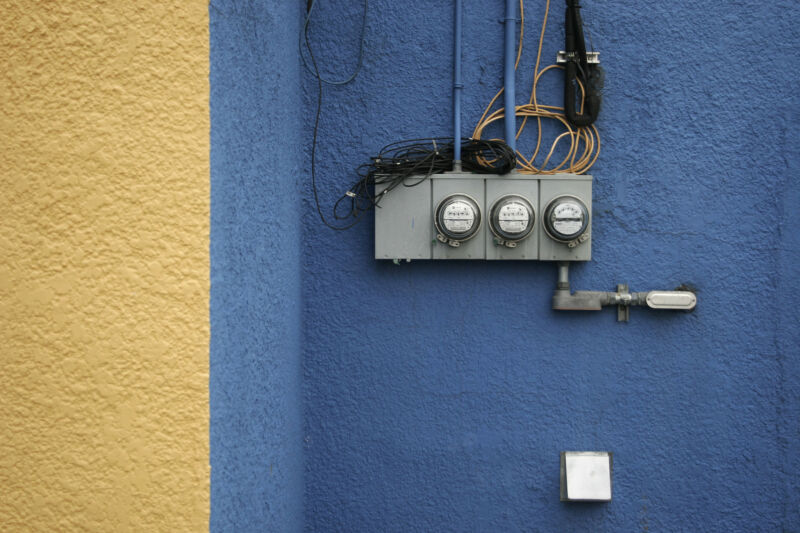To make batteries a better investment, let them do more
Ars Technica » Scientific Method 2020-11-05

Enlarge (credit: Grant Hutchinson / Flickr)
For a home or business, the economics of installing battery storage are often challenging. While falling costs are gradually improving one end of the equation, a new study led by Stefan Englberger at the Technical University of Munich highlights the other side of the balance—optimizing the financial benefits.
Batteries are typically installed for one specific purpose. It could be to enable greater self-consumption of electricity generated by your own solar panels, for example, reducing purchases from the grid overnight. It could be to enable you to avoid purchasing power during peak times, when time-of-use pricing goes up. Or you could use the battery to smooth over outages on an unreliable grid. These strategies leave the battery "idle" for portions of the day—for comparison, imagine purchasing a taxi but only running it in the mornings. Having another driver operate it in the afternoon would put extra miles on the vehicle, but it would also pay back your investment faster.
The researchers set out to simulate a way to increase the utilization of batteries. Using the battery to provide multiple services could optimize the income generated, though this would of course have to be balanced against the faster degradation of the battery. But there's a large hurdle to clear before this balance matters, the researchers say. That's because regulations require "behind-the-meter" battery functions to be separable from "in-front-of-the-meter" functions that serve the grid rather than the battery's owner.